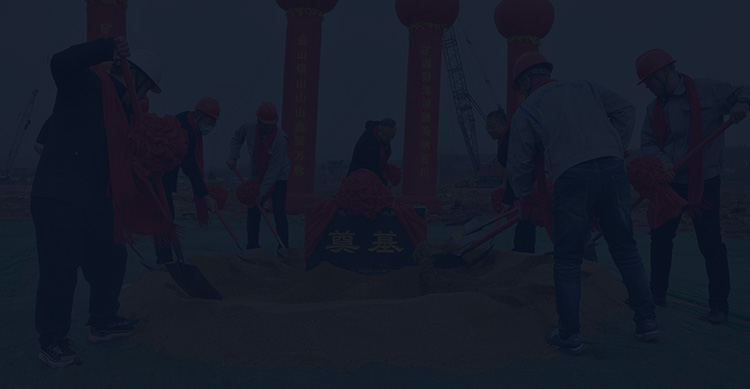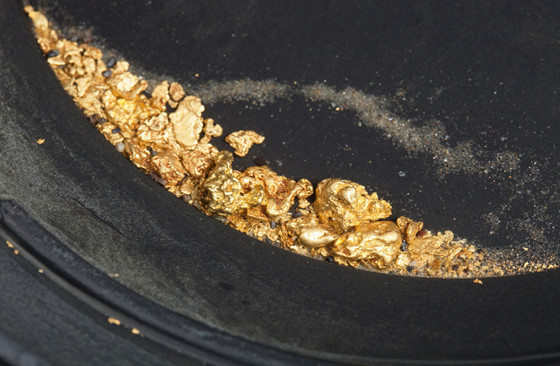
Placer gold, folks call it "river gold" since it pops up a lot in streams and such, means those loose bits of gold that break free from hard rock deposits over time. They pile up in sandy or gravelly spots. Humans have chased this stuff since way back, and it's way different from the gold locked deep in the ore veins. It forms in special ways and gets dug up more easily, too.
Placer gold comes from a slow grind of earth changes. It goes through three main steps. First off, deep down, hot water or rock shifts make the original gold spots, like in quartz veins. Then, weather beats on those rocks—think freezing and thawing, or acids eating away.
That lets gold flakes escape. Last, rivers, ice, or even wind carry them along. Gold's super heavy at 19.3 grams per cubic centimeter and doesn't rust or react much. So it drops in quiet spots where the water slows, building up those placer piles.

This gold has quirks. Bits can be as tiny as dust under a microscope or big nuggets weighing a kilo or more. Most you find are 0.1 to 2 millimeters across. They look like grains, flat flakes, or branchy shapes, all worn smooth from traveling far.
Purity's usually 70 to 90 percent—higher means a brighter yellow shine. But it doesn't gleam as sharp as vein gold 'cause the trip roughs up the crystals on top. Often, it hangs out with heavy buddies like black sand or shiny zircons. Spotting those? It's a big clue for prospectors hunting the source.
We sort these by where they end up and how old they are. Here's the big ones:
Residual placer gold: Stays close to the mother lode. Particles stay sharp-edged, just like the original rock.
Alluvial placer gold: The money-maker. Shows up in creek bottoms, flat valleys, or old raised banks. Chunks are chunkier, sunk deep in the dirt, and super smooth.
Eluvial placer gold: Rolls downhill by its own weight. Sizes mix it up, some edges still pointy.
Littoral placer gold: Lines beaches by lakes or seas. Fine stuff, neatly layered in skinny strips.
Paleoplacers: Old-timers from billions of years ago. Locked in hard gravel beds, huge areas, worth a fortune.
Digging this gold plays on how loose it is and that hefty weight. Gravity does the heavy lifting. Methods go from old-school handwork to big machines:
Old ways for small jobs: Grab a pan or a long wooden trough called a sluice. Swirl dirt with water, watch the gold sink fast. Even now, folks pan for test runs in places like California's streams—might snag a few grams in an hour if lucky.
Bigger setups:
Gold dredges: Boats that suck up river mud underwater. They shake it through screens on deck, pulling gold with shakes and riffles. Great for deep channels, like in Alaska, where they haul 100 tons a day.
Mobile wash plants: Pair a digger with spinning drums and bouncy jigs. Handles 50 to 500 tons per hour on dry old river paths. I've seen crews in Australia turn gravel into shiny concentrate quick.
Hydraulic mining: Blast dirt loose with strong water hoses, and sluice the mess downhill. But hey, it muddies rivers badly—lots of spots banned it after floods wrecked farms in the 1800s.
Newer green tricks: Skip the poison cyanide. Mix gravity pulls with magnets to snag iron junk. Gets 60 to 80 percent out clean. One outfit in New Zealand swears by it—less mess, more gold home.
Placer gold price tracks the world's daily gold price, but twists come from its quirks. Value boils down to real gold inside—purer stuff gets extra bucks. Big nuggets? They go for more than dust 'cause hard to find and pretty for jewelry. Take a 10-gram Alaska nugget: could hit $800 easy, while flakes sell cheap by the gram.
Local vibes matter. Busy spots with good roads, like the Nevada deserts, keep prices low—supply floods the market. Remote Yukon wilds? Add cash for hauling, so premiums climb 10-20 percent. Rules on eco stuff jack up costs for factory-scale ops, nudging prices higher. Good news: no fancy melting needed like with rock gold, so it's closer to spot value right off.
That's all about what placer gold is. If you want to learn more about mineral processing solutions, please contact Xinhai—the professional one-stop mining solution provider.
To find out more about our products and solutions, please fill out the form below and one of our experts will get back to you shortly.